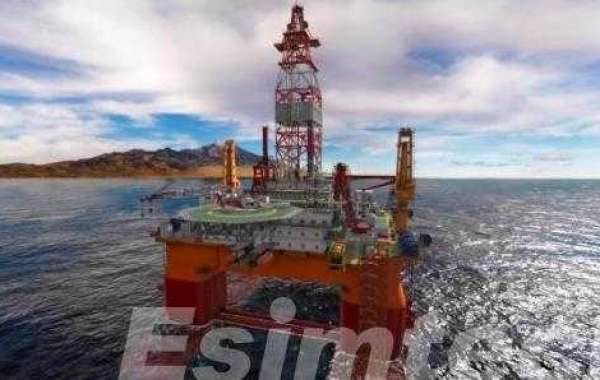What are Fixed Platform Rigs?
Fixed platform rigs, also known as offshore platforms, are self-supporting structures permanently anchored to the seabed, typically in shallow to moderate water depths. Unlike their mobile counterparts, such as jack-up rigs and semisubmersible rigs, fixed platforms remain stationary throughout their operational lifespan.
Types of Fixed Platform Rigs
The design of fixed platform rigs varies depending on the water depth, environmental conditions, and specific production requirements. Some common types include:
- Jacket Platforms:These platforms feature a latticework of steel or concrete legs that extend from the base of the platform to the seabed, providing stability and support.
- Caissons:These platforms utilize large cylindrical structures, called caissons, that are embedded in the seabed, providing a sturdy foundation for the platform's superstructure.
- Gravity-Based Structures (GBS):These platforms rely on their immense weight, often filled with concrete or rocks, to anchor themselves to the seabed, offering exceptional stability in deep waters.
Applications of Fixed Platform Rigs
Fixed platform rigs play a crucial role in offshore oil and gas exploration and production. Their primary applications include:
- Drilling and Production: Fixed platforms provide a stable base for drilling wells into the seabed and extracting oil and gas reserves.
- Processing and Storage: The platforms house equipment for processing and storing extracted oil and gas before транспортировки it to onshore facilities.
- Accommodation and Support: Fixed platforms often accommodate personnel involved in drilling and production operations, and they provide support for helicopter landings and offshore supply vessel operations.
Advantages of Fixed Platform Rigs
Fixed platform rigs offer several advantages over other types of offshore platforms:
- Stability:Their anchored nature provides exceptional stability in harsh marine environments, allowing for safe and efficient operations.
- Cost-Effectiveness: In shallow to moderate water depths, fixed platforms are generally more cost-effective to construct and maintain compared to other types of offshore platforms.
- Longevity: Fixed platform rigs can have a lifespan of several decades, providing a long-term return on investment.
Drawbacks of Fixed Platform Rigs
Despite their advantages, fixed platform rigs also have some drawbacks:
Water Depth Limitations: Fixed platforms are primarily limited to shallow to moderate water depths, typically less than 1,000 feet.
Initial Investment: The initial construction costs of fixed platforms can be substantial, especially for deepwater projects.
Environmental Considerations: Environmental impact assessments are crucial for fixed platform installations to minimize potential ecological disturbances.
Conclusion
Fixed platform rigs stand as a testament to human ingenuity and the relentless pursuit of energy resources. Their stability, cost-effectiveness, and longevity make them invaluable assets in the offshore oil and gas industry. As technology advances and environmental considerations gain prominence, fixed platform rigs will continue to evolve, adapting to meet the ever-changing demands of offshore exploration and production.








